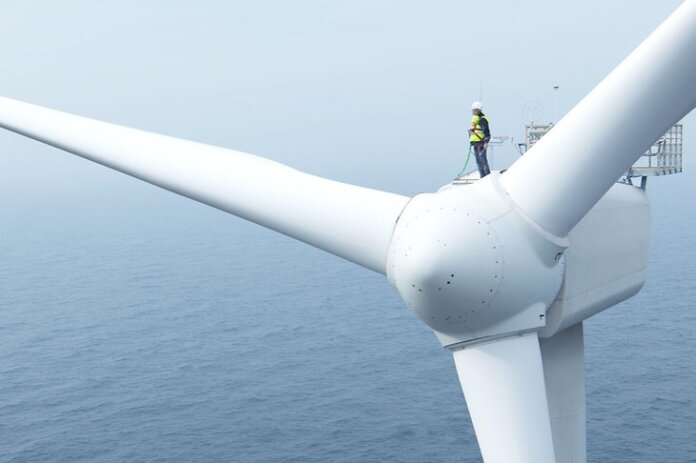The COVID-19 pandemic has caused the largest drop in global energy investment in history, with spending expected to plunge in every major sector this year – from fossil fuels to renewables and efficiency – according to a recent report released by the International Energy Agency (IEA).
At the start of 2020, global energy investment was on track for growth of around 2%, which would have been the largest annual rise in spending in six years. But after the COVID-19 crisis brought large sectors of the world economy to a halt in a matter of months, global investment is now expected to plummet by 20%, or almost $400 billion, compared with last year, according to the IEA’s World Energy Investment 2020 report.
“The historic plunge in global energy investment is deeply troubling for many reasons,” says Dr. Fatih Birol, executive director at IEA.
“It means lost jobs and economic opportunities today, as well as lost energy supply that we might well need tomorrow once the economy recovers. The slowdown in spending on key clean energy technologies also risks undermining the much-needed transition to more resilient and sustainable energy systems,” adds Birol.
A combination of falling demand, lower prices and a rise in cases of non-payment of bills means that energy revenues going to governments and industry are set to fall by well over $1 trillion in 2020, according to the report. Oil accounts for most of this decline as, for the first time, global consumer spending on oil is set to fall below the amount spent on electricity.
Companies with uncertain demand outlooks are cutting back on investment while projects are also being hampered by lockdowns and disrupted supply chains. In the longer-term, a post-crisis legacy of higher debt will present lasting risks to investment. This could be particularly detrimental to the outlook in some developing countries, where financing options and the range of investors can be more limited. New analysis in this year’s report highlights that state-owned enterprises account for well over half of energy investments in developing economies.
Power sector spending is on course to decrease by 10% this year, with worrying signals for the development of more secure and sustainable power systems. Renewables investment has been more resilient during the crisis than fossil fuels, but spending on rooftop solar installations by households and businesses has been strongly affected and final investment decisions in the first quarter for new utility-scale wind and solar projects fell back to the levels of three years ago. An expected 9% decline in investment in electricity networks this year compounds a large fall in 2019, and spending on important sources of power system flexibility has also stalled, with investment in natural gas plants stagnating and spending on battery storage leveling off.
Energy efficiency, another central pillar of clean energy transitions, is suffering too. Estimated investment in efficiency and end-use applications is set to fall by an estimated 10-15% as vehicle sales and construction activity weaken and spending on more efficient appliances and equipment is dialled back.
The overall share of global energy spending that goes to clean energy technologies – including renewables, efficiency, nuclear and carbon capture, utilization and storage – has been stuck at around one-third in recent years. This year, it will jump towards 40%, but only because fossil fuels are taking such a heavy hit; it remains far below the levels that would be required to accelerate energy transitions.
Photo: IEA’s Offshore Wind Outlook 2019 report




